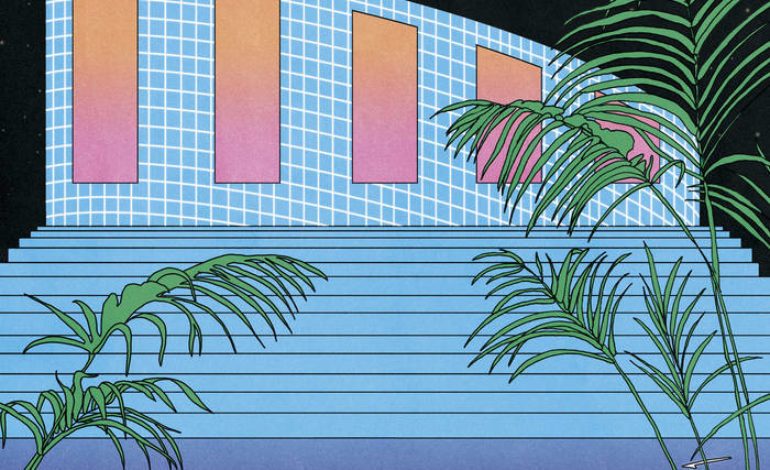

Ambient meets house music
One thing BC-based musician and producer Jamison Isaak does best is atmosphere, and his latest project is nothing short of dripping in it. Under the stage name Teen Daze, Isaak has an impressive discography of largely instrumental albums, blurring the lines between numerous electronic, synth-based genres. His latest album, Interior, fuses the repetitive trance-inducing sounds of ambient music with the high energy, bombastic character of house music in an enticingly evocative way.
Interior opens with the track “Last Time In This Place,” which immediately creates a spacey, churning atmosphere. An unpitched rumble begins the song, followed by an array of colors and timbres opening up the soundscape. Synths of varying tones are featured along with sparkling keyboard flourishes and tumbling saxophone improvisations, all creating large tonal strokes across this aural canvas. This opening track ends rather ominously, with an atonal, dissonant bell-like synth chiming across either channel, the distant sounds of the ocean being the only remaining source of comfort.
The remaining tracks on the album lean more into the styles of house music electronica while incorporating many of the same elements of the first, more ambient-focused songs. “Swimming” and “2 AM (Real Love)” are emblematic of the French House scene, with characteristic four-on-the-floor bass patterns, phasers and thickly stacked synth textures throughout. While tracks such as these are intentionally more high-energy than traditional ambient music, Isaak utilizes techniques commonly found in ambient and minimalist music such as repetition, slow builds and phasing.
Two highlights on the album are “Nite Run” and “Translation.” The first features heavy panning between the left and right channels. Specifically, distorted, incomprehensible vocals glide from ear to ear while other textures build atop it. This track results in an almost dizzying sonic effect yet pushes the dance-like qualities found in tracks before it. Songs such as this point to the influence that groups such as Daft Punk seem to have had on Isaak.
“Translation” is arguably the most successful genre fusion on the album and illustrates Isaak’s compositional strengths in its over eight-minute runtime. While the song opens with a simple and serene soundscape, layers are added, which build in energy. The track reaches its peak about a third of the way through, with funky melodies coming from distinctive synths and technical saxophone solos. Coming full circle, “Translation” ends similarly to its beginnings, with a reserved and quiet conclusion.
Interior urges the listener to get lost within the music, whether it be from its trance-like beauty or its club bangers. Isaak masterfully creates the perfect atmosphere for his listeners to achieve just that. Tracks flow seamlessly between each other, and recurring motifs such as water and the ocean make the album feel cohesive, even as it shifts between genres. The only thing lacking in Interior actually comes from an extra inclusion: four additional edit tracks. These four edits from previously listed songs are tagged along at the bottom of the album yet are hardly different from the originals. The inclusion of these tracks takes away from the succinct development of the album as a whole and could have been benefited by being released separately. Nevertheless, Interior is a successful, well-developed album and a refreshing take on a classic genre.
